Stress Mastery: Podcast Episode #85
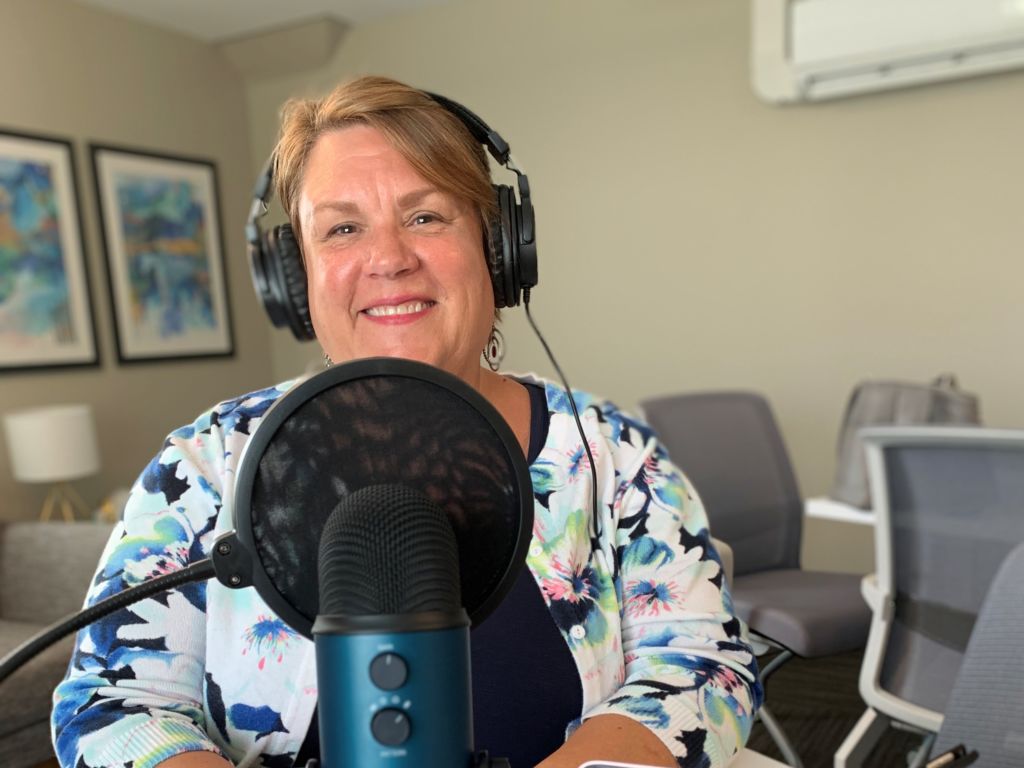
Deb Timmerman, RN, DAIS, CSME speaks with us today about her new certification in Stress Mastery. What does that mean, you ask? It’s all about learning positive ways to handle stress and actually master it, instead of letting stress take over. Listen to see how this can help parents throughout pregnancy and postpartum. You can […]
Maddie’s Birth Story: Podcast Episode #83
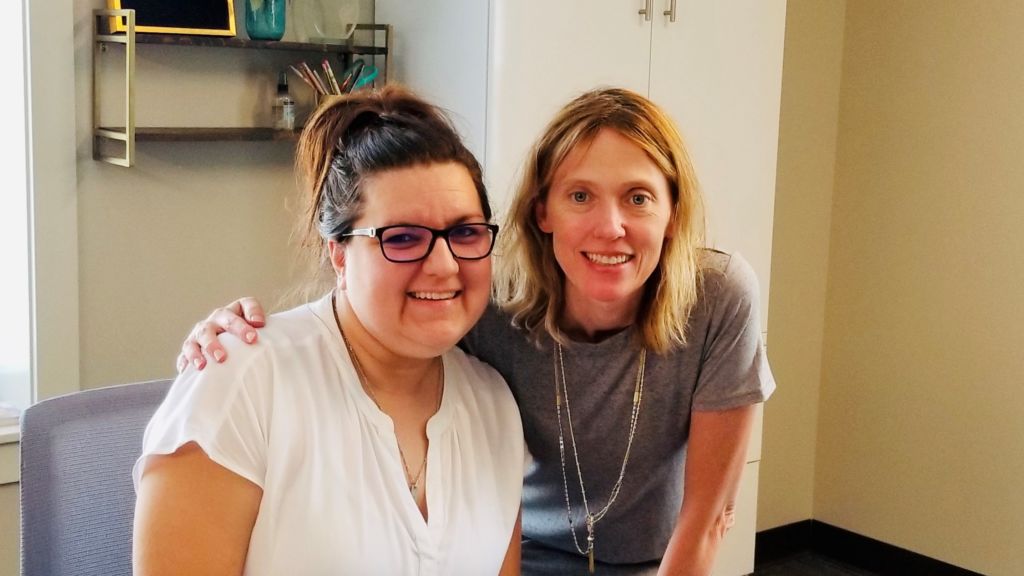
Our listeners love hearing a positive birth story. Today Maddie, a previous HypnoBirthing and Birth client, tells us all about her labor and delivery as well as her experience in the hospital right after having her baby. You can listen to this complete podcast episode on iTunes or SoundCloud. Kristin: Welcome to Ask the Doulas […]
Maddie’s HypnoBirthing Story: Podcast Episode #81

Today our former birth client and HypnoBirthing student, Maddie Kioski, tells us her personal pregnancy journey using HypnoBirthing and how it helped her feel excited about labor and delivery instead of scared. You can listen to this completed podcast episode on iTunes or SoundCloud. Kristin: Welcome to Ask the Doulas with Gold Coast Doulas. […]
Pregnancy Shouldn’t Be Painful
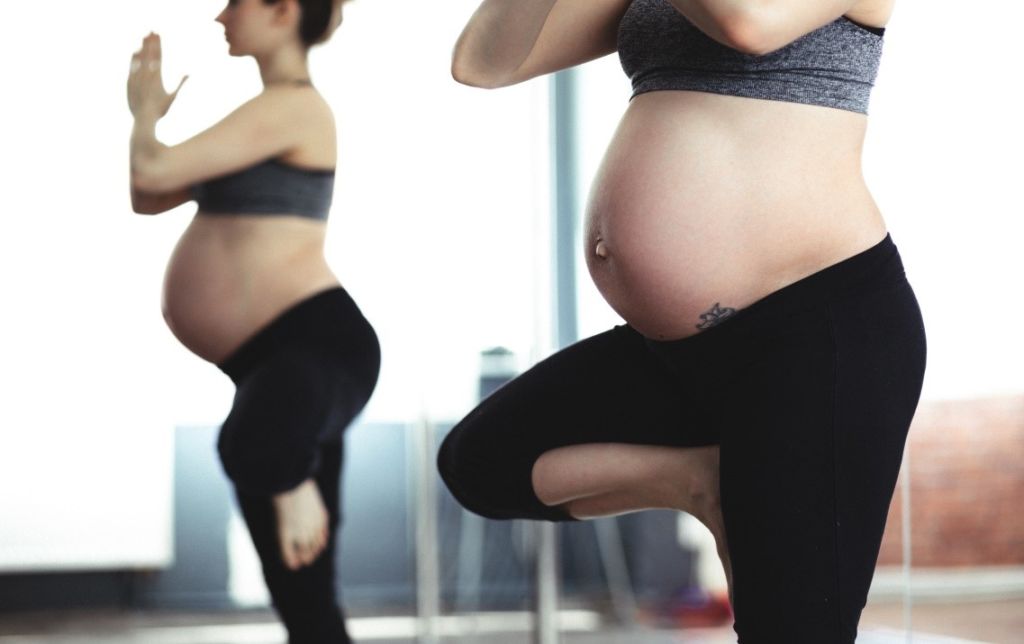
Gold Coast is thrilled to present a guest post by Sally Talbot, PT, Senior PT and co-owner of Health Motion Physical Therapy. Pregnancy is a wonderful and amazing time. However, creating a new life does create some major changes in the body. Pain in different areas during pregnancy is a common complaint. Physio–pedia.com states that back […]
Gaby’s Birth Stories: Podcast Episode #77
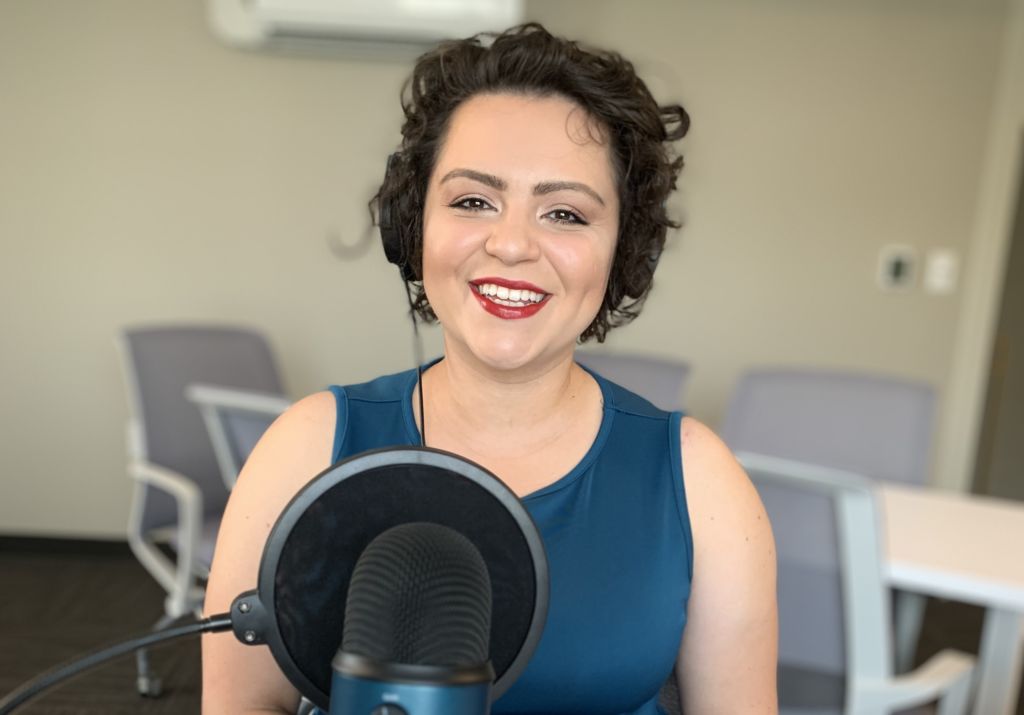
Gaby is a local business owner in Grand Rapids and talks to Alyssa about the birth stories of both of her children. You can listen to this complete podcast episode on iTunes or SoundCloud. Alyssa: Hi, welcome to Ask the Doulas podcast. I am Alyssa and I’m excited to be here with Gaby today. How […]
HOW TO TAKE A SOCIAL MEDIA BREAK ON MATERNITY LEAVE
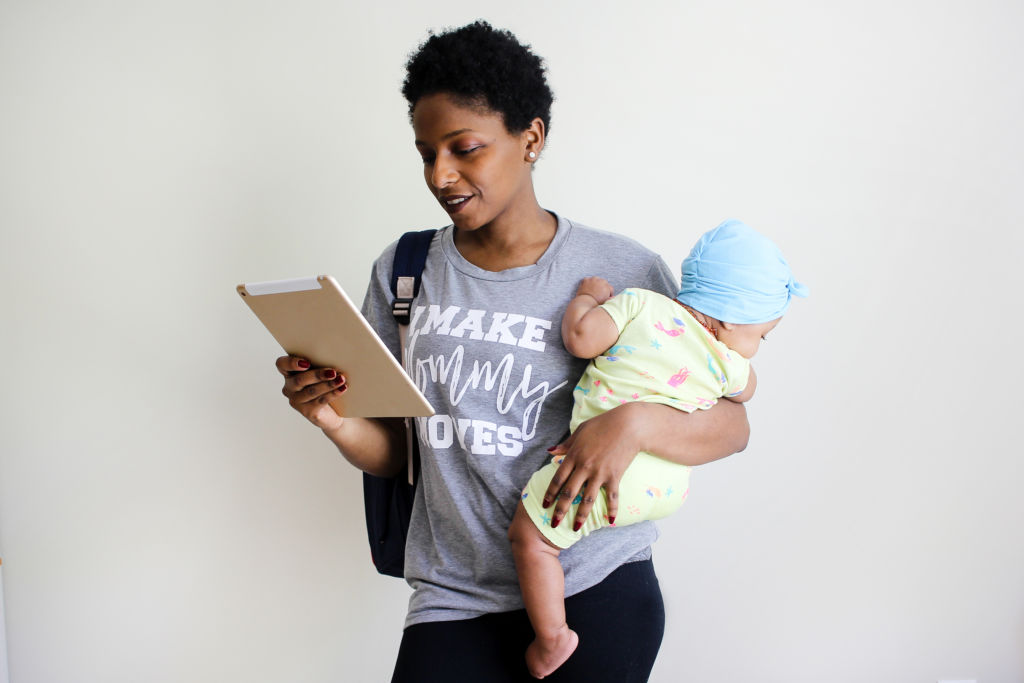
We are so very excited to share this guest blog with you because not only is the author an amazing mother and entrepreneur, but she is also a past client. With over 10 years experience in social media strategy and digital marketing, Chris found her purpose after having her daughter. Pre-baby, she was a self-proclaimed […]
Benefits of A Postpartum Doula and Why Should You Hire One?
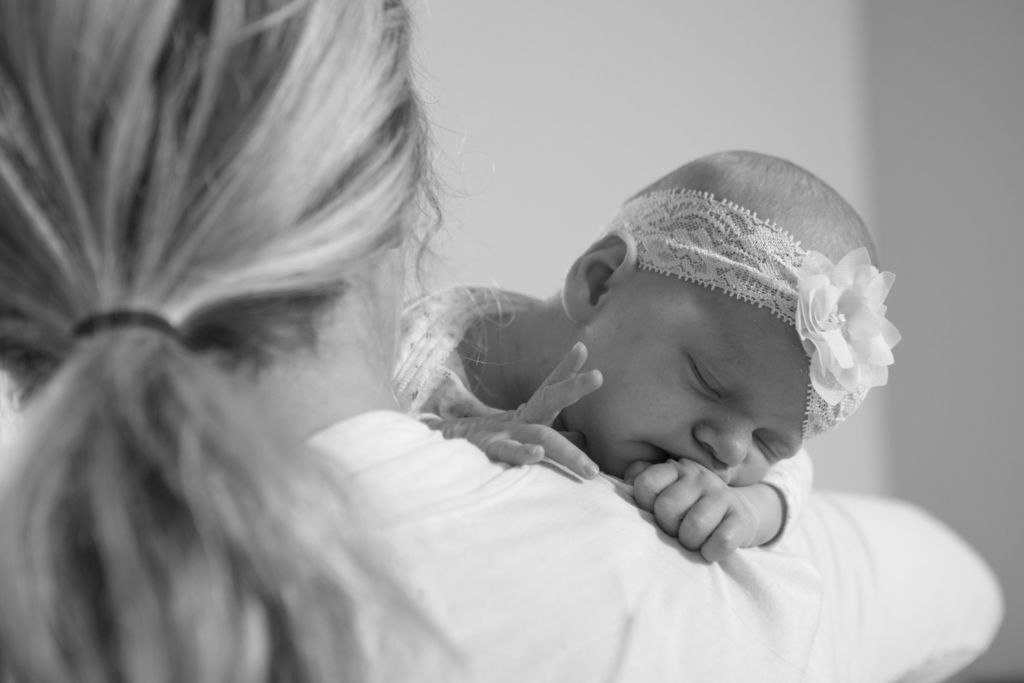
Author Bio: Roselin Raj is a journalist and a writer. She has been writing extensively on health and wellness related topics for over a decade. Besides her professional interests, she loves a game of basketball or a good hike in her free time to fuel her spirits. “Health is wealth” is one motto of life […]
Your Trusted Birth Team

We all know that becoming a parent is difficult, but most first time parents don’t really have a full understanding of how hard it will be until they’re in the midst of it. They may encounter fertility struggles or miscarriages; they realize that planning during pregnancy takes a lot of work; they have to find […]
Podcast Episode #68: Overnight Doula Support
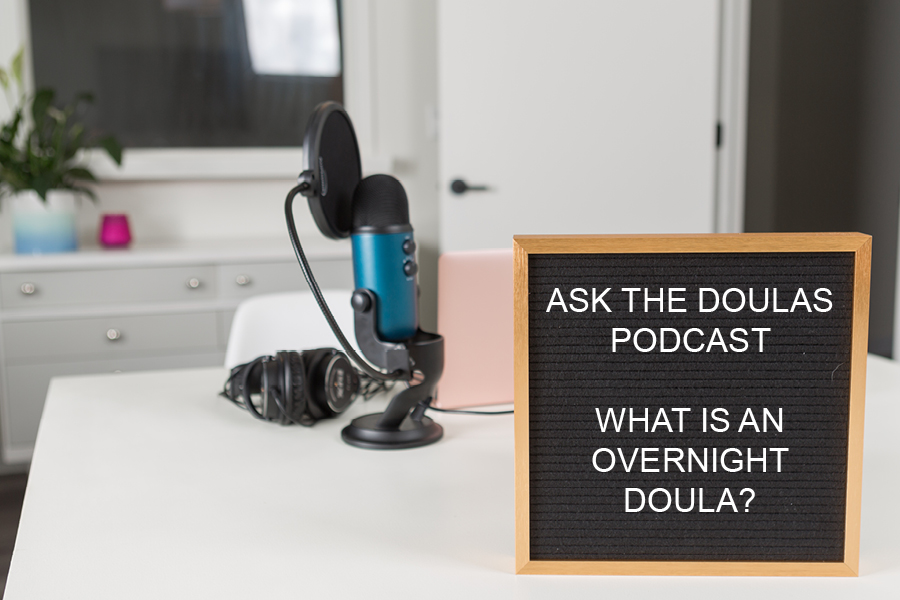
Many of our clients and listeners don’t fully understand what overnight doula support looks like. Kristin and Alyssa, both Certified Postpartum Doulas, discuss the kinds of support their clients look for and how their team of doulas support families in their homes. You can listen to this complete podcast on iTunes or SoundCloud. You can […]
Podcast Episode #65: Annette’s HypnoBirthing Story
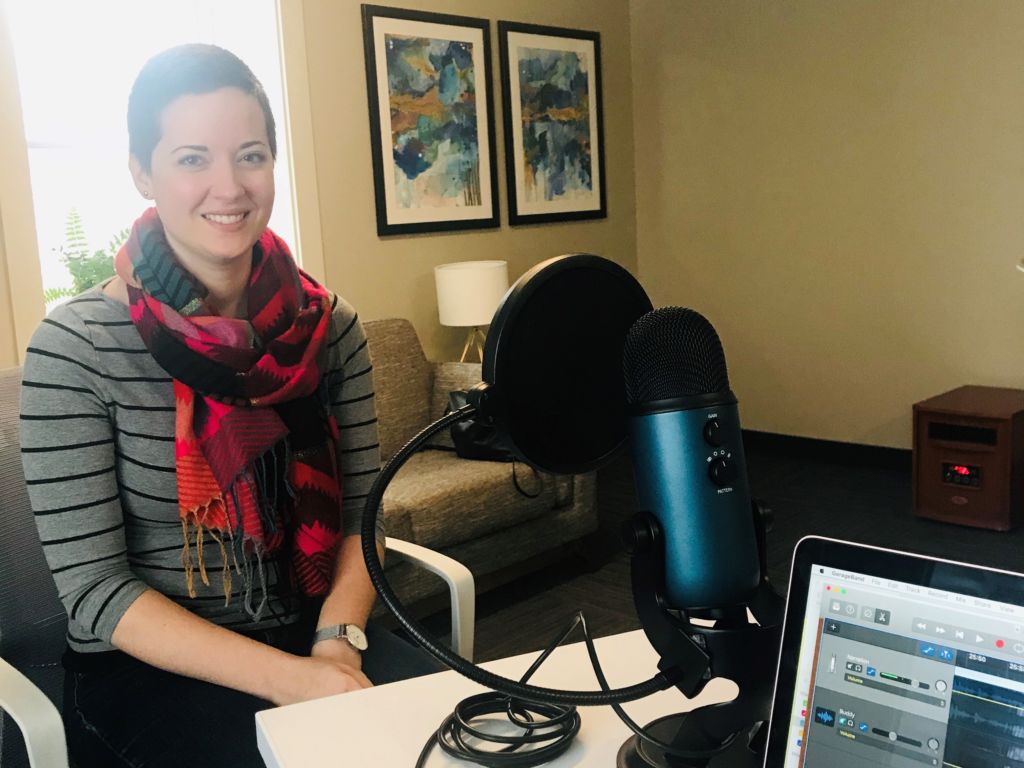
Today we talk with a previous HypnoBirthing student, Annette Beitzel, about her personal experience with HypnoBirthing at Gold Coast Doulas. Although she didn’t use it how she intended, it had an incredible impact on her pregnancy and birth experience. You can listen to this complete podcast episode on iTunes or SoundCloud. Kristin: Welcome to Ask […]
How Much Does a Doula Cost?

With all of the expenses that accompany pregnancy and—eventually—parenthood, it’s natural to be concerned about your budget when considering hiring a doula. So, how much does a doula cost? Prices vary widely and depend on the specific role of your doula, since there are both birth doulas and postpartum doulas. Their hours, rates, and responsibilities […]
Response to Article About Illinois Doula That Suppored an Unassisted Homebirth
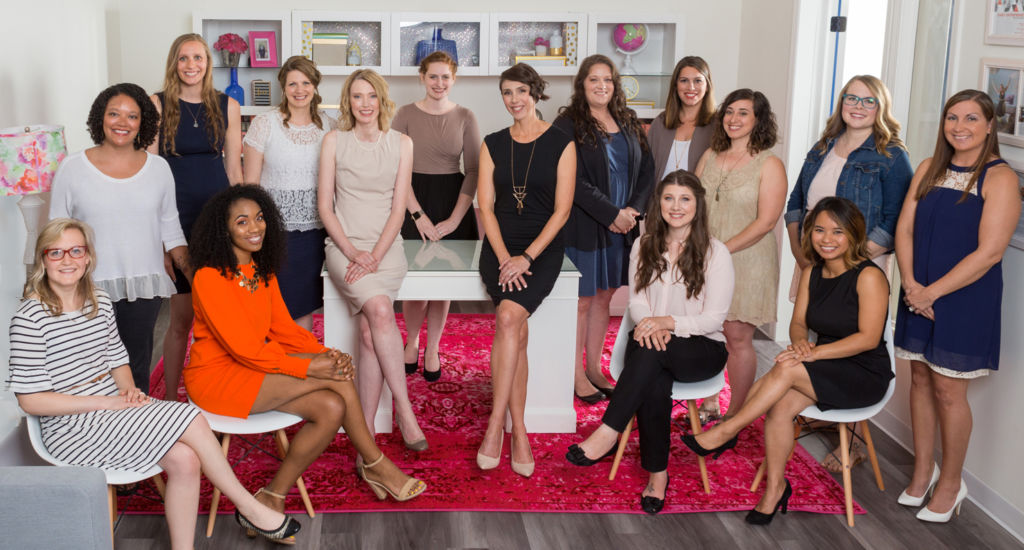
There has been a lot of talk in the birth community lately about the recent case of the doula who pled guilty after attending an unassisted homebirth where the baby died. Our team is saddened for the family and for the doula community as a whole. Birth doulas do not take on a medical role, […]
Doula Support for Adoptive Families
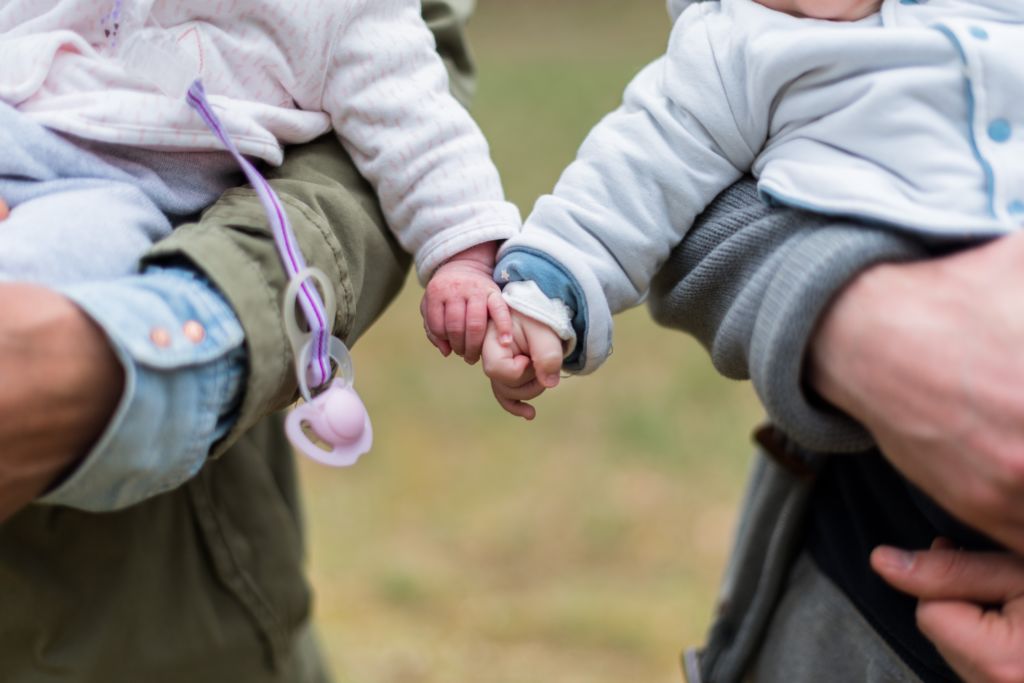
Most parents probably don’t think about hiring a doula if they aren’t pregnant. They think of a birth doula only supporting a laboring mother, but that couldn’t be farther from reality. Birth doulas can support any parent. Postpartum doulas can support adoptive families by helping them to prepare for baby’s arrival and in-home after baby […]
Meet Kelsey, our newest Certified Postpartum Doula!

1) What did you do before you became a doula? I have always secretly been a doula, just in other facets. Before becoming a doula, I ran a mental wellness day center in northern California, and I also worked at an emergency youth shelter looking to reduce rates of domestic violence, child abuse, and human […]
Podcast Episode #38: Amber’s HypnoBirthing Story
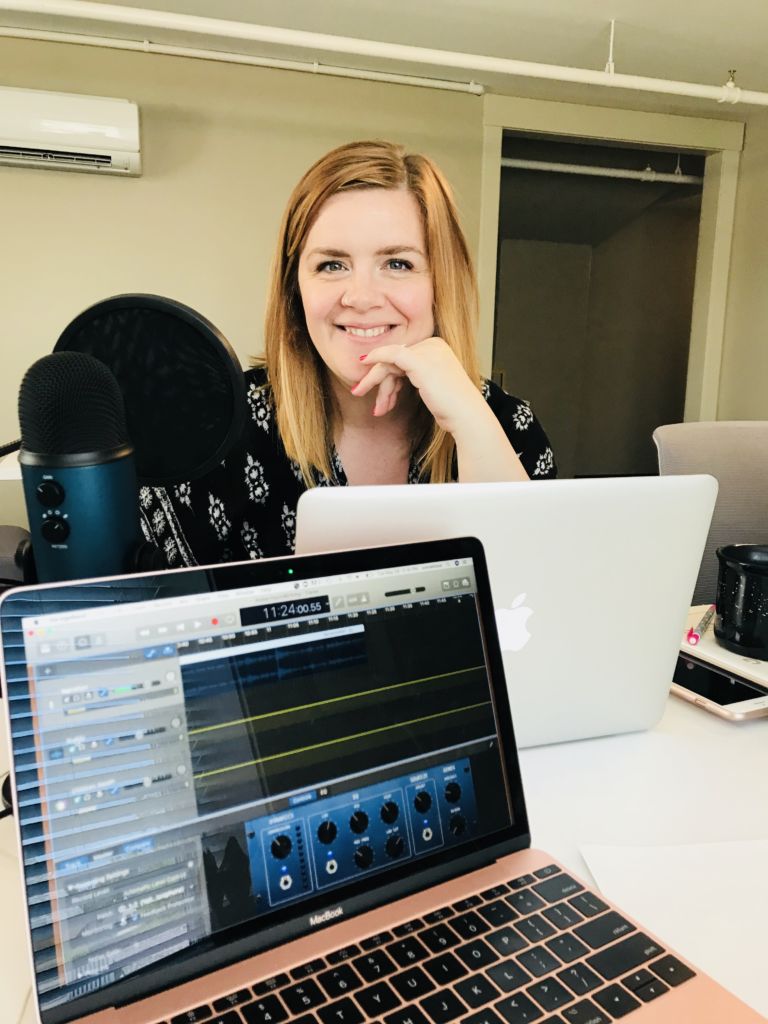
We love hearing birth stories, especially from our clients. Listen as Amber tells us her birth story and how HypnoBirthing helped both her and her husband through 23 hours of labor. You can listen to this complete podcast on iTunes or SoundCloud. You can sign up for our HypnoBirthing classes here! Alyssa: Hello! Welcome […]
Lessons from Tahlequah
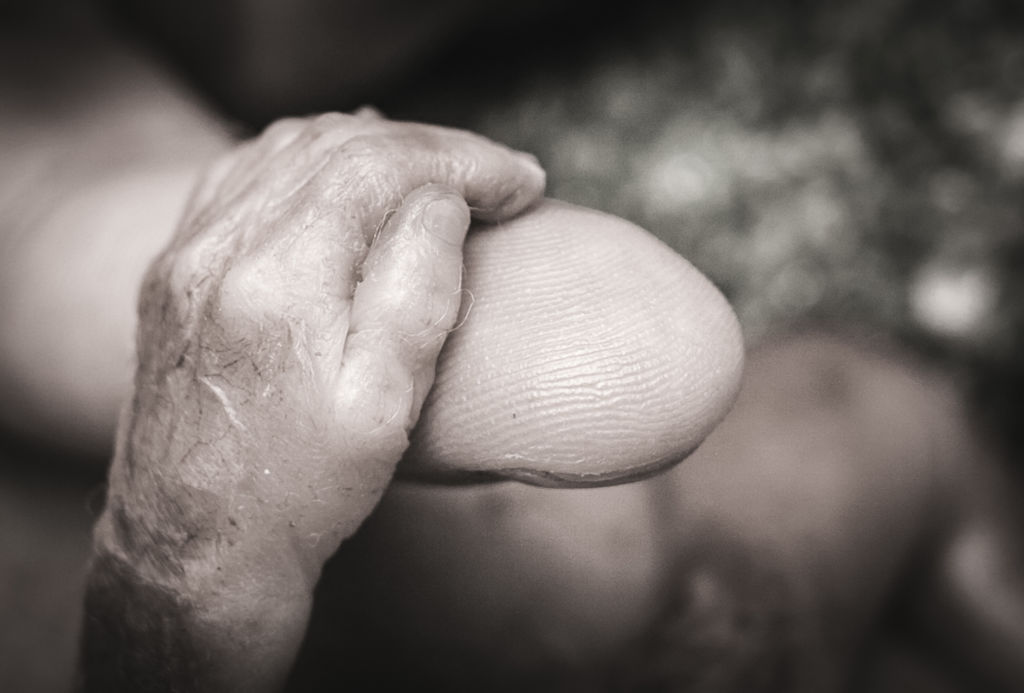
Thank you, Ashley, for writing this lovely article about loss and bereavement. Many of us have seen the article circulating by now about Tahlequah, the mother orca that carried around the body of her calf for upwards of two weeks. This documented, circulating story has struck a chord in many, and for many different reasons. Most […]
Podcast Episode #34: Chiropractic Care During Pregnancy
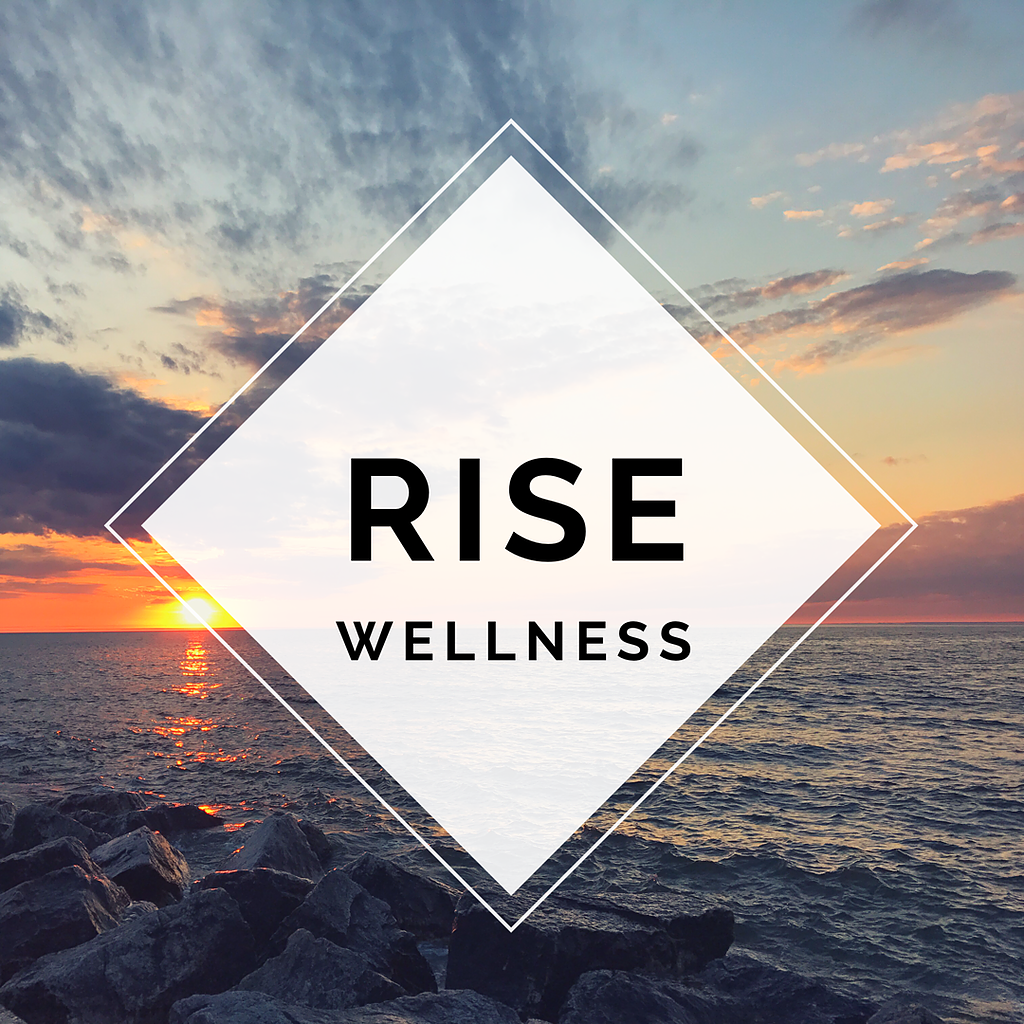
Today we talk to Dr. Annie of Rise Wellness about what chiropractic care looks like during pregnancy. You can listen to this complete podcast episode on iTunes or Soundcloud. Alyssa: Hi, welcome to another episode of Ask the Doulas. I am Alyssa, co-owner and postpartum doula at Gold Coast. Today, we have Dr. Annie […]
My role as a postpartum doula.

Our very own Jamie Platt, BSN, RN, CLC, CPST shares her personal insights on what it’s like to be a postpartum doula. What is the role of a postpartum doula? What does it look like, and how might a doula support the breastfeeding relationship between mom and baby? A postpartum doula can take care of […]
Podcast Episode #31: Rise Wellness Chiropractic
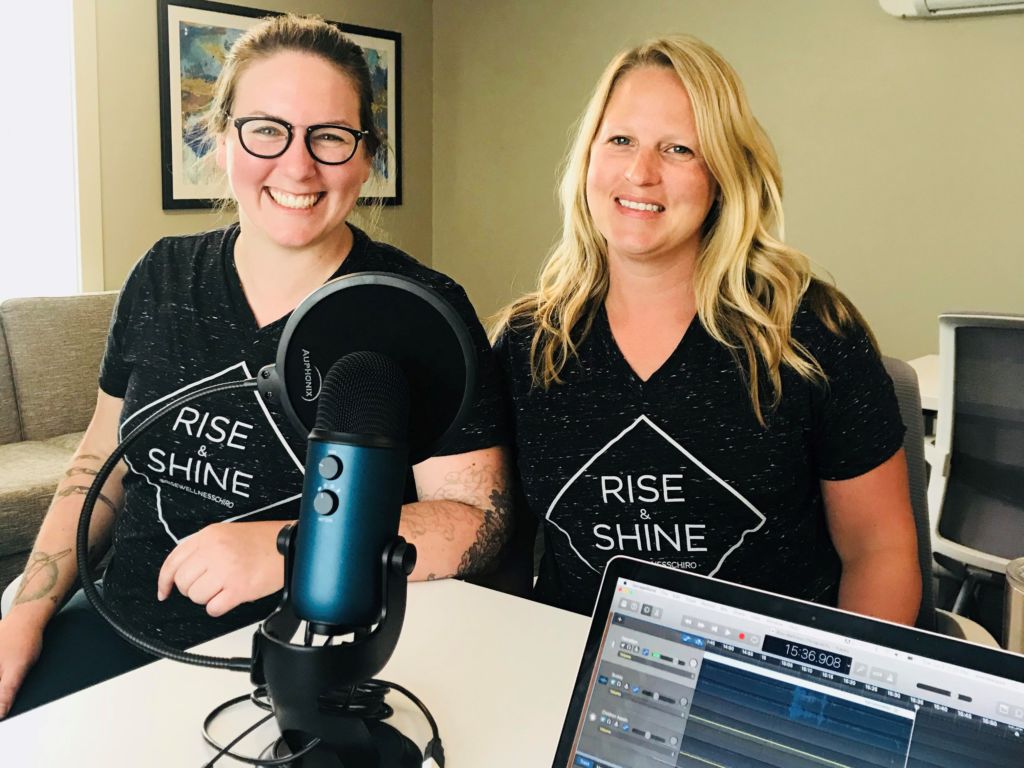
Dr. Annie and Dr. Rachel of Rise Wellness Chiropractic in Grand Rapids talk about their approach to helping mothers and babies, as well as how and why they decided to start their own practice. You can listen to the podcast on iTunes or SoundCloud. Hello, and welcome to another episode of Ask the Doulas. […]
Podcast Episode #30: Amber the Coziness Consultant
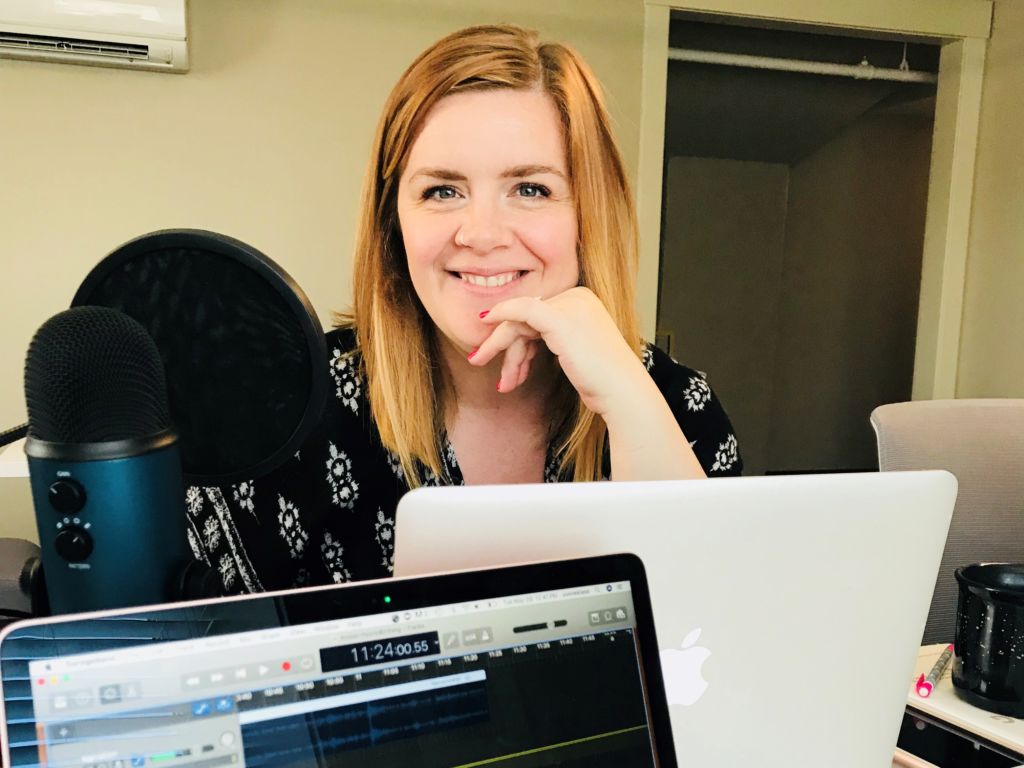
How do you make a space cozy when you have children and babies taking over your house? Amber, The Coziness Consultant, gives us some easy tips for maintaining your sanity during this season of life. You can listen to this podcast on iTunes and SoundCloud. Alyssa: Hello. Welcome to another episode of Ask the […]
Podcast Episode #29: Kids in the Kitchen

Today on Ask the Doulas, Katie Kimball of Kitchen Stewardship and Kids Cook Real Food talks to us about how to get your little ones started safely in the kitchen. There’s also a free download, so be sure to listen so you don’t miss it! You can catch the podcast on SoundCloud or iTunes. […]
Podcast Episode #28: Plagiocephaly and Torticollis

What is Plagiocephaly? Torticollis what? Jessica Buikema of Hulst Jepsen Physical Therapy talks about both and what parents can do to prevent them and how physical therapy can help their baby. Listen to the podcast on iTunes or SoundCloud. Alyssa: Hello. Welcome to another episode of Ask the Doulas. I am Alyssa Veneklase, co-owner […]
Podcast Episode #27: Let’s Talk About the Pelvic Floor
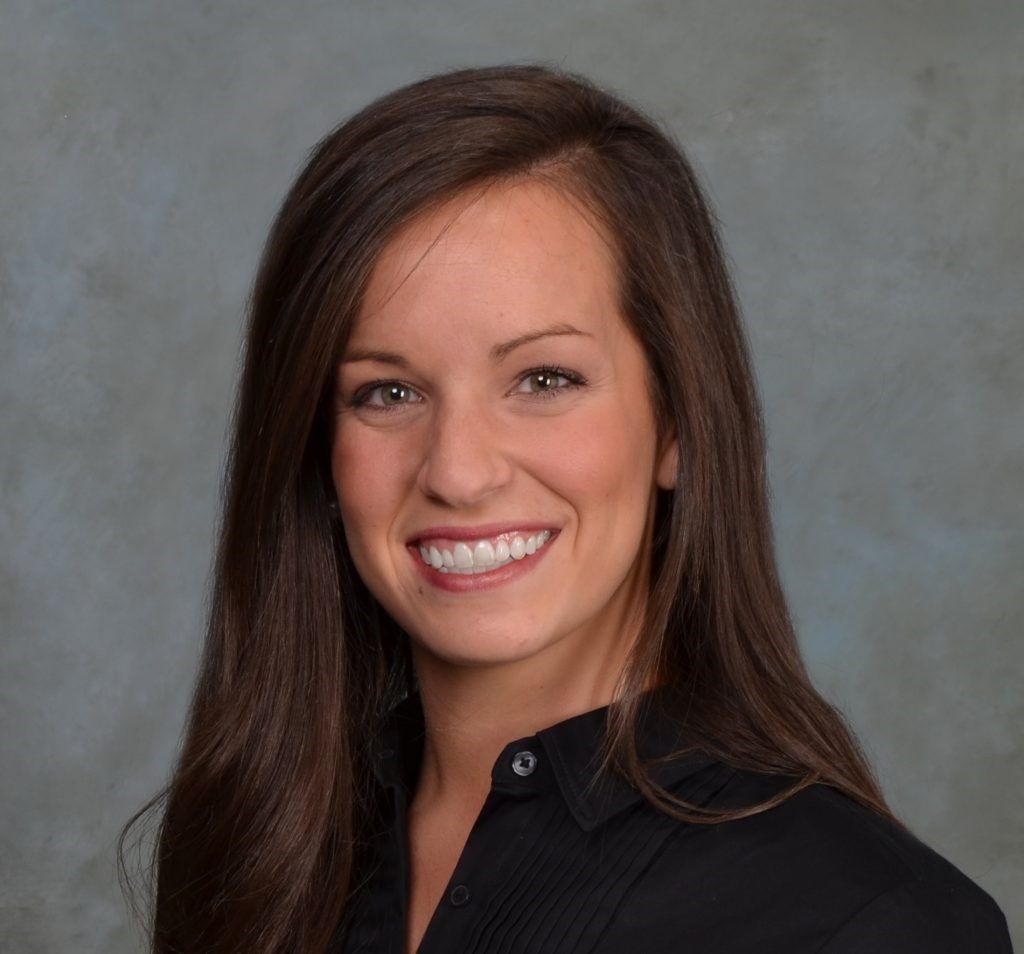
Today on Ask the Doulas, we talk to JoEllen Bender of Hulst Jepsen Physical Therapy in East Grand Rapids. She is a physical therapist who specializes in women’s pelvic issues. Listen as she gives some tips and dispels some myths about the pelvic floor. You’re doing kegels right now, aren’t you?! Listen to the podcast […]
Podcast Episode #26: EcoBuns Cloth Diapering
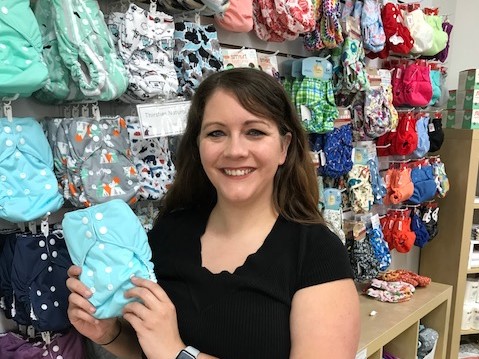
On this episode of Ask the Doulas, Marissa, owner of EcoBuns Baby + Co in Holland, Michigan dispels all the myths about cloth diapering that we’ve heard. Learn how easy and economical they can be for your family! You can listen to the full podcast on iTunes or Soundcloud. Alyssa: Hi, welcome to Ask […]


